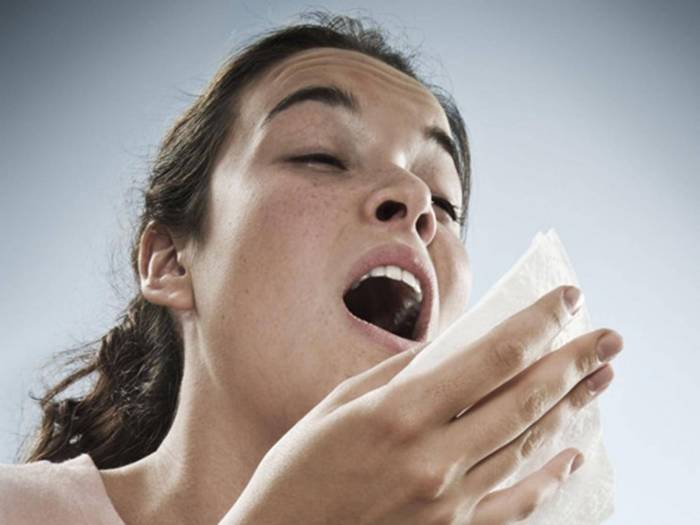The technology could allow lights to be installed in hospital corridors, schools, planes and other public spaces without posing a health risk to humans.
The development comes as the UK is wracked by its worst flu outbreak since 2011
Among the surge in flu cases was the tragic death of 18-year-old student Melissa Whitey,whose family said she had failed to seek help after repeated NHS messages asking patients to stay home if they had flu to prevent it spreading.
Powerful UV lights are regularly used to decontaminate empty operating rooms and surgical equipment but have the unfortunate downside of being harmful to humans.
“Unfortunately, conventional germicidal UV light is also a human health hazard and can lead to skin cancer and cataracts, which prevents its use in public spaces,” said the leader of this latest work, Professor David J Brenner, director of the Center for Radiological Research at Columbia University Medical Center.
These germicidal lights use broad spectrum UV-C rays, which have a wavelength from 200 to 400 nanometers, to kill bacteria and viruses by breaking down the molecular bonds of their DNA.
But the Columbia team have shown that special lights which focus on the “far” end of this UVC wavelength spectrum, in the region of 222 nanometres, can have the same effect without harming humans.
The paper, published in the journal Scientific Reports, noted: “This is because, due to its strong absorbance in biological materials, far-UVC light cannot penetrate even the outer (non-living) layers of human skin or eye; however, because bacteria and viruses are of micrometer or smaller dimensions, far-UVC can penetrate and inactivate them.”
They fitted the far UVC lamps overhead in a mock-hospital corridor and replicated an infection-spreading sneeze by spraying an aerosol containing the common flu strain, H1N1.
The experiment showed the flu strain was inactivated as effectively by the far UVC light as it was by the harmful broad spectrum light used in disinfection.
While the lamps currently retail at around $1,000 (£726) each, this would likely come down if they were more widely adopted and they have the benefit of working against all airborne viruses – unlike vaccines which are specific to each flu strain.
It would also work similarly on bacteria on skin and surfaces that might otherwise be resistant to antibiotics.
“If our results are confirmed in other settings, it follows that the use of overhead low-level far-UVC light in public locations would be a safe and efficient method for limiting the transmission and spread of airborne-mediated microbial diseases, such as influenza and tuberculosis,” said Dr Brenner.
The Independent
More about: flu
















































